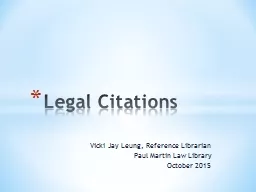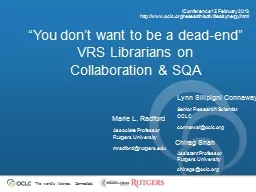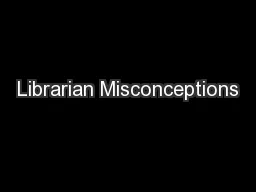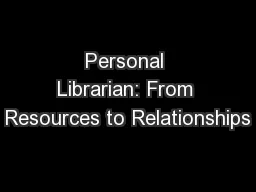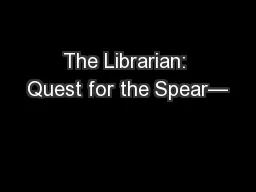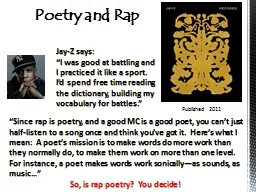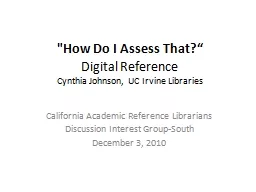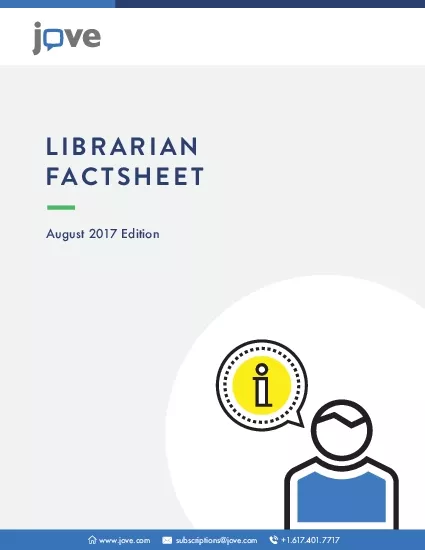PPT-Vicki Jay Leung, Reference Librarian
Author : yoshiko-marsland | Published Date : 2017-03-17
Paul Martin Law Library October 2015 Legal Citations The Purpose Citations are used to document where you can find sources used in a report Find them in secondary
Presentation Embed Code
Download Presentation
Download Presentation The PPT/PDF document "Vicki Jay Leung, Reference Librarian" is the property of its rightful owner. Permission is granted to download and print the materials on this website for personal, non-commercial use only, and to display it on your personal computer provided you do not modify the materials and that you retain all copyright notices contained in the materials. By downloading content from our website, you accept the terms of this agreement.
Vicki Jay Leung, Reference Librarian: Transcript
Download Rules Of Document
"Vicki Jay Leung, Reference Librarian"The content belongs to its owner. You may download and print it for personal use, without modification, and keep all copyright notices. By downloading, you agree to these terms.
Related Documents

